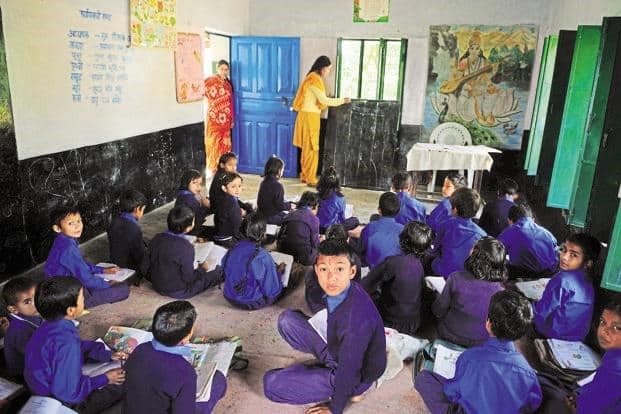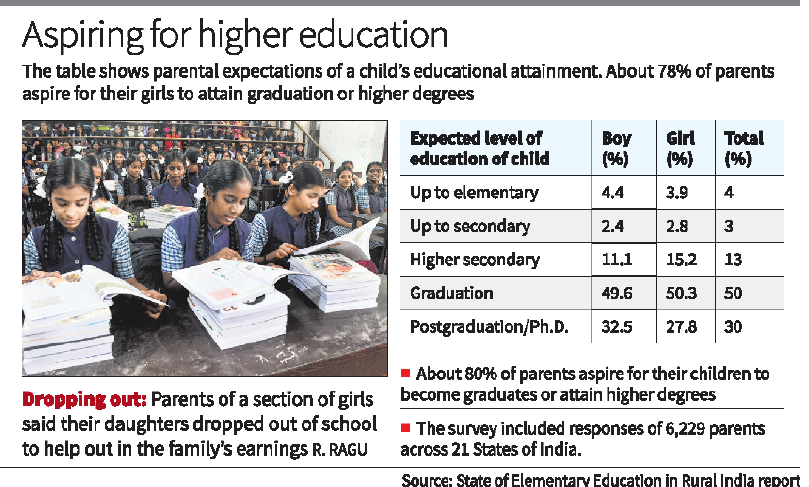Free Courses Sale ends Soon, Get It Now


Free Courses Sale ends Soon, Get It Now



Disclaimer: Copyright infringement not intended.
Context
Details

Findings of the Report
Access to gadgets
Parent participation
Note: Use the Findings of the Report while writing answers for UPSC Mains.
|
PRACTICE QUESTION Q. Almost a decade after the Right of Children to Free and Compulsory Education Act, 2009 was passed, it becomes pertinent to review and analyze the levels of implementation of the RTE Act, 2009, and the constraints in its effective implementation. What are the challenges being faced by the rural areas with regard to the primary education of the rural children? Explain. READ THIS ARTICLE BY EPW: https://www.epw.in/engage/article/whats-ailing-primary-education-rural-india-telangana-case-study |
© 2024 iasgyan. All right reserved